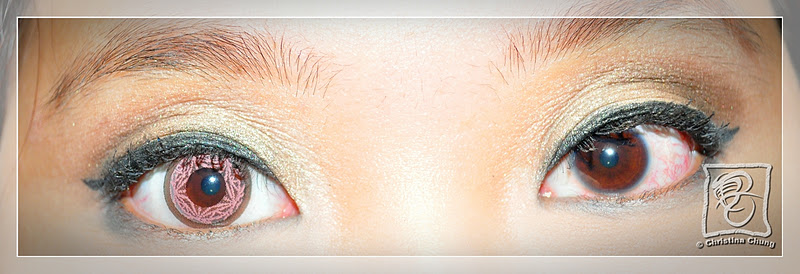

Modified monovision, like mini-monovision, can provide sharper distance vision than standard monovision, while still providing acceptable near vision without reading glasses for many close-up tasks. Modified monovision: In this variation, a single vision contact lens is worn on the distance eye, and a bifocal contact lens is worn on the near eye. Though a person with mini-monovision may need to use reading glasses more frequently than someone who has standard monovision, he or she will be less dependent on readers than a person wearing regular (distance) contact lenses in both eyes. Mini-monovision often is an excellent solution for people who find that standard monovision does not give them the sharp distance vision they desire, and they don't need to do a lot of close-up work (or they don't mind wearing reading glasses on occasion).Ī good example is someone who spends much of their day driving and little time working on a computer or reading, but wants to be able to read a menu without prescription glasses. Mini-monovision: In this variation, a less-than-typical magnifying power is added to the near vision lens. Types of monovisionĭepending on your daily visual demands and how you respond to monovision with contact lenses, your eye doctor may recommend a variation of monovision to best suit your needs. Though monovision might sound difficult to adjust to, most people adapt to it easily and don't even notice which eye is their "distance eye" and which is their "near eye" when both eyes are open. The other at a certain distance, and the "stronger eye" will depend on whether you are looking at something far away or up close. The two eyes still work together as a team so you can see clearly at all distances it's just that one eye sees more clearly than Therefore, the term "monovision" is somewhat misleading. But with both eyes open, typically the result is acceptably clear and comfortable vision at all With monovision, the eye that sees well for distance vision will be slightly blurred up close and the eye that sees well up close will be slightly blurred when looking at distant objects. The lens for distance vision is usually worn on your dominant eye. With monovision, you wear a contact lens on one eye to correct your distance vision and a contact lens on your other eye to correct your near vision. Monovision with contacts can reduce your need for "readers" and is an especially good option if you are not a good candidate for bifocal contacts. One solution is to have your eye doctor perform a monovision contact lens fitting.

The onset of presbyopia can be frustrating if you wear contact lenses and want to continue seeing clearly up close without reading glasses.


 0 kommentar(er)
0 kommentar(er)
